The fuel pressure regulator is responsible for adjusting the fuel pressure according to changes in the engine load, so that the fuel pressure (related to the air-fuel ratio) matches the engine load. When the load is small, the engine intake system has a higher vacuum than the regulator, the diaphragm is sucked up, and a small amount of fuel is returned to the fuel tank through the return pipe. When the engine's intake system is under heavy load, the vacuum degree is low, the regulator diaphragm closes the oil return pipe, and the pressure in the fuel pipe remains unchanged.
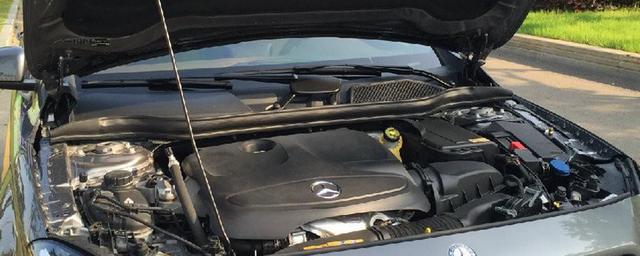
Since the engine surface temperature is now 1000C, which is much higher than the gasoline evaporation temperature of 70°C, in order to reduce the harmful gas HC generated by the evaporation of fuel in the fuel tank, it is also to avoid idling on hot days and after the pressure in the fuel line is reduced when the load is small. Air lock is generated, which causes difficulty in starting and unstable work. In recent years, new models have controlled the return of fuel during small negative drafts.
1. Install a solenoid valve on the vacuum tube between the fuel pressure regulator and the engine air intake system. When the engine temperature reaches 100°C, the vacuum tube will be closed to stop the small load oil return.
2. Canceling the return pipe on the fuel pressure regulator is actually canceling the fuel pressure regulator.
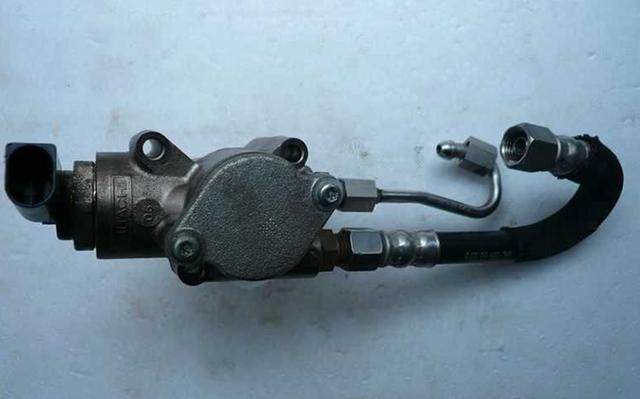
3. The fuel pressure regulator is no longer installed. In addition to the air flow sensor, the intake manifold absolute pressure sensor is installed on the engine intake system. The fuel injection pulse width is adjusted according to the change of the engine load to adjust the fuel injection pulse width. Instead of adjusting the fuel pressure, it effectively reduces the HC generated by the fuel evaporation in the fuel tank, and at the same time avoids the air lock caused by the pressure drop in the fuel line when the load is small on a hot day, and improves the emission and the working stability of the engine.
As the most common means of transportation in our daily life, cars are made up of many kinds of parts in order to run better. What is the role of the oil pressure regulator in the vehicle? What is the working principle? Let's take a look together!
#What is the function of the oil pressure regulator?
The function of the oil pressure regulator is to adjust the fuel pressure of the fuel injector, so that the fuel pressure in the automobile oil circuit and the intake pipe pressure are kept within normal values. In this way, the amount of fuel sprayed from the injector becomes the only one that depends on the time when the injector is opened. Moreover, if the electronic control unit ECU is used, the fuel injection quantity of the electric pulse width can be precisely controlled.
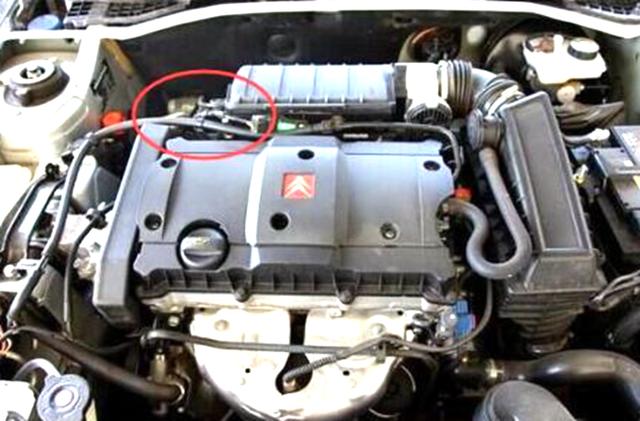
This kind of device is designed to adjust the fuel pressure entering the injector according to the change in the vacuum of the intake manifold, and to maintain the fuel pressure and the pressure of the intake manifold.
#What is the working principle of the oil pressure regulator?
When the engine is running, the negative pressure of the intake manifold and the preload of the spring work together on the diaphragm. The fuel supplied by the fuel pump is delivered to the fuel chamber of the fuel injector and the pressure regulator at the same time. If the oil pressure is lower than the preset value, the ball valve will close the oil return hole and the fuel will not flow further.
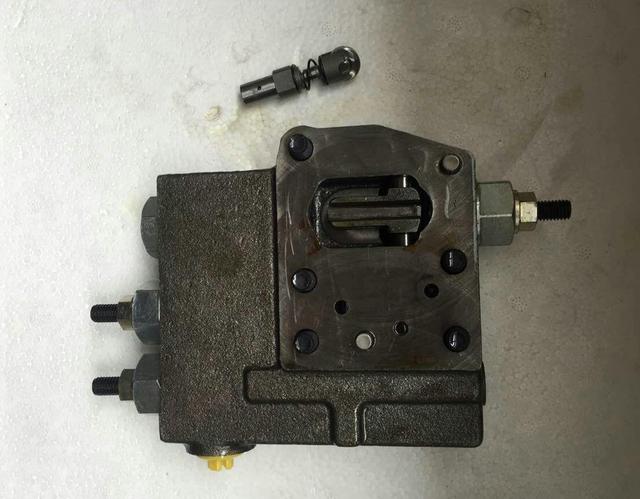
When the oil pressure exceeds the preset value, the fuel pressure pushes the diaphragm to move the valve upward, the oil return hole opens, and the fuel flows back to the fuel tank through the oil return pipe, and the spring in the spring chamber is further compressed. Part of the fuel flows back to the fuel tank through the oil return hole, the oil pressure in the fuel distribution pipe drops, and the diaphragm moves down to the original position under the action of the spring force. The ball valve closes the oil return hole so that the oil pressure in the fuel distribution pipe no longer drops. .
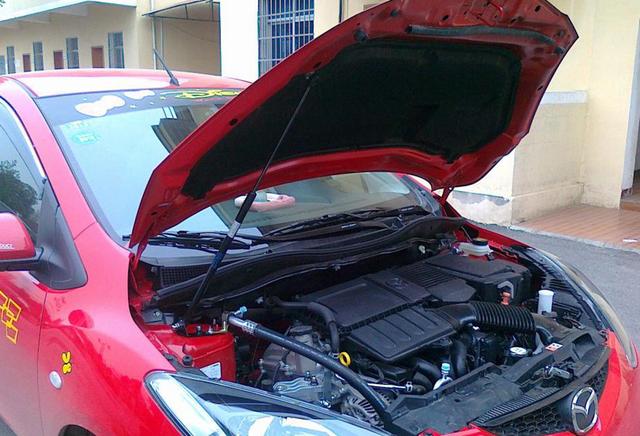
It can be seen that the role of the oil pressure regulator is still very large. Although this kind of function is quite big, but its components are really very simple. It is mainly composed of springs, valve bodies, valves, and aluminum alloy shells. However, it is such a simple component to form a configuration that can adjust the fuel supply system. It really makes people sigh with technology!





